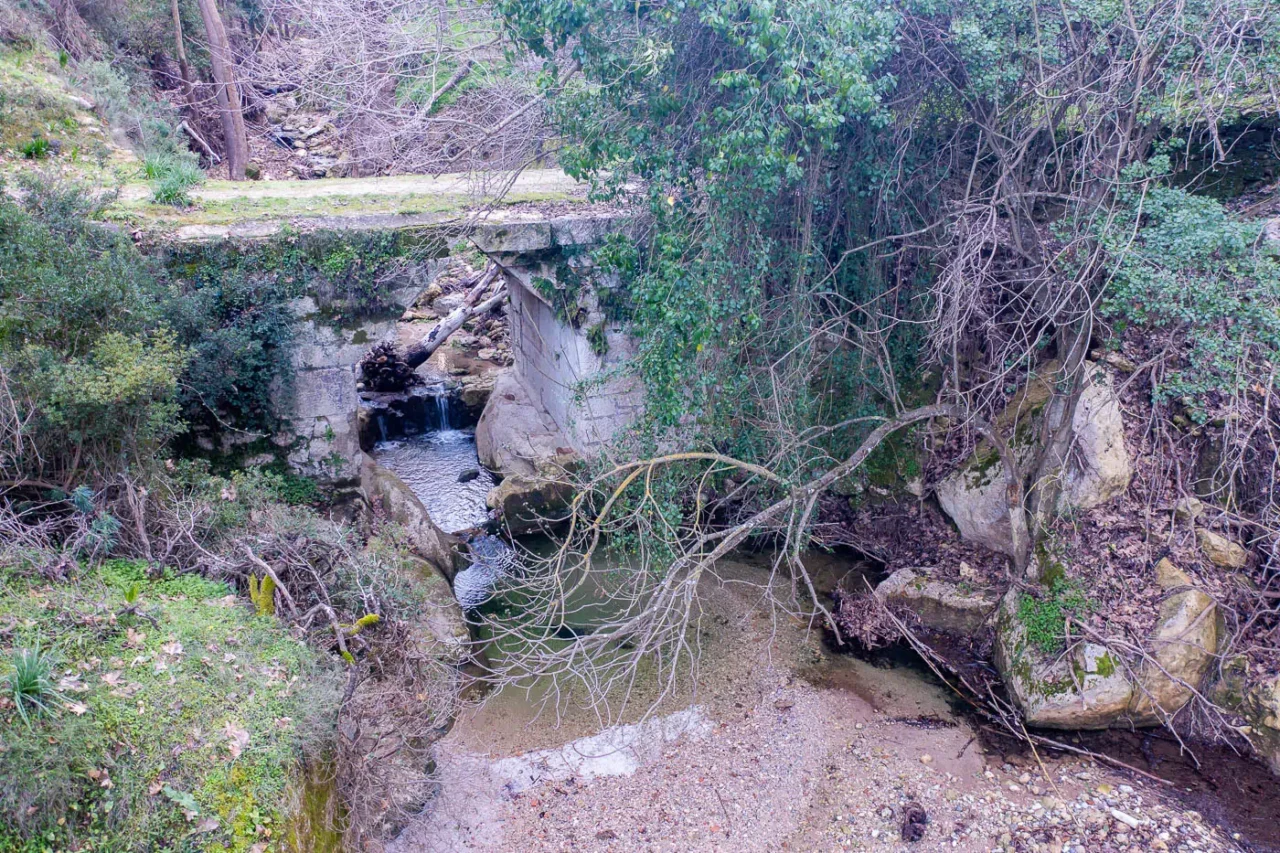
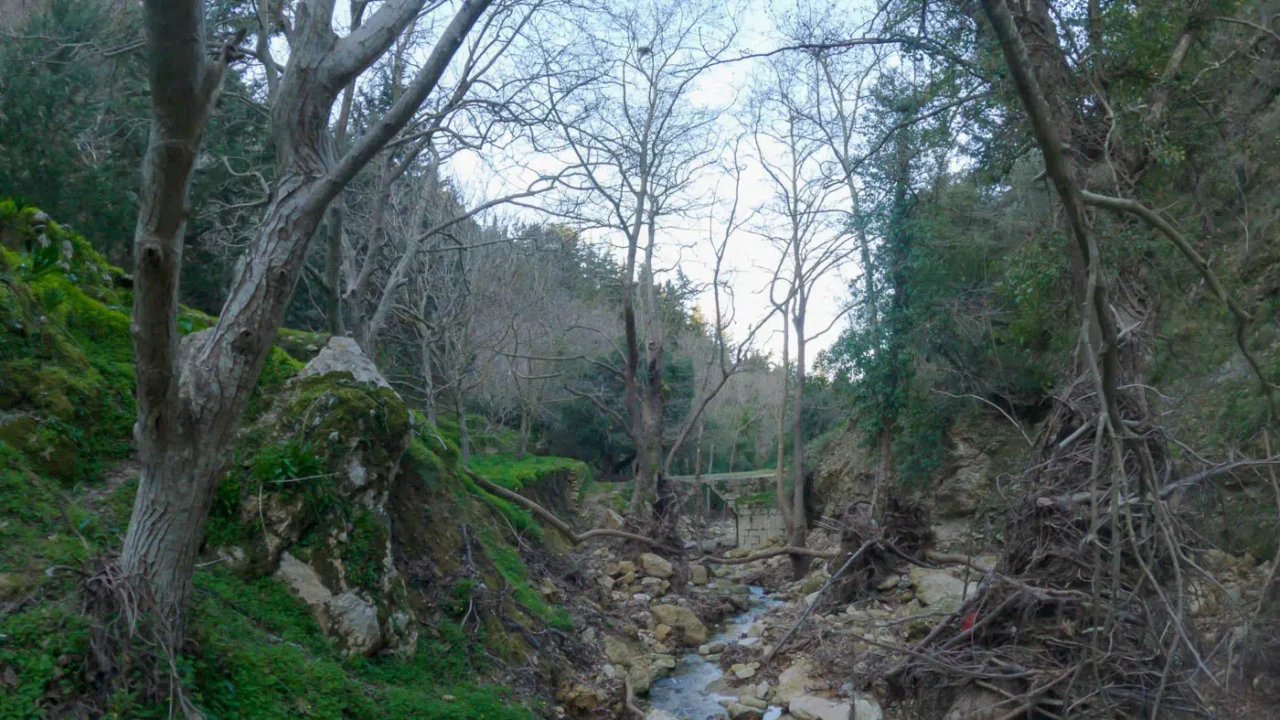
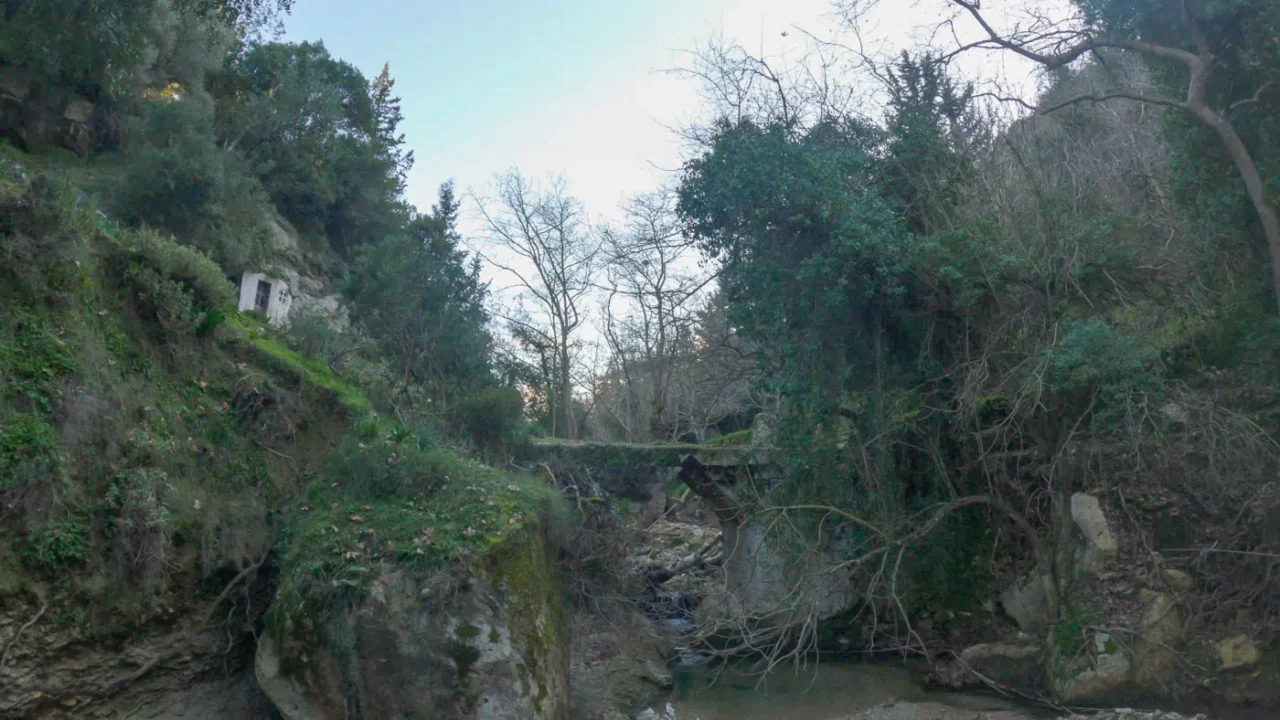
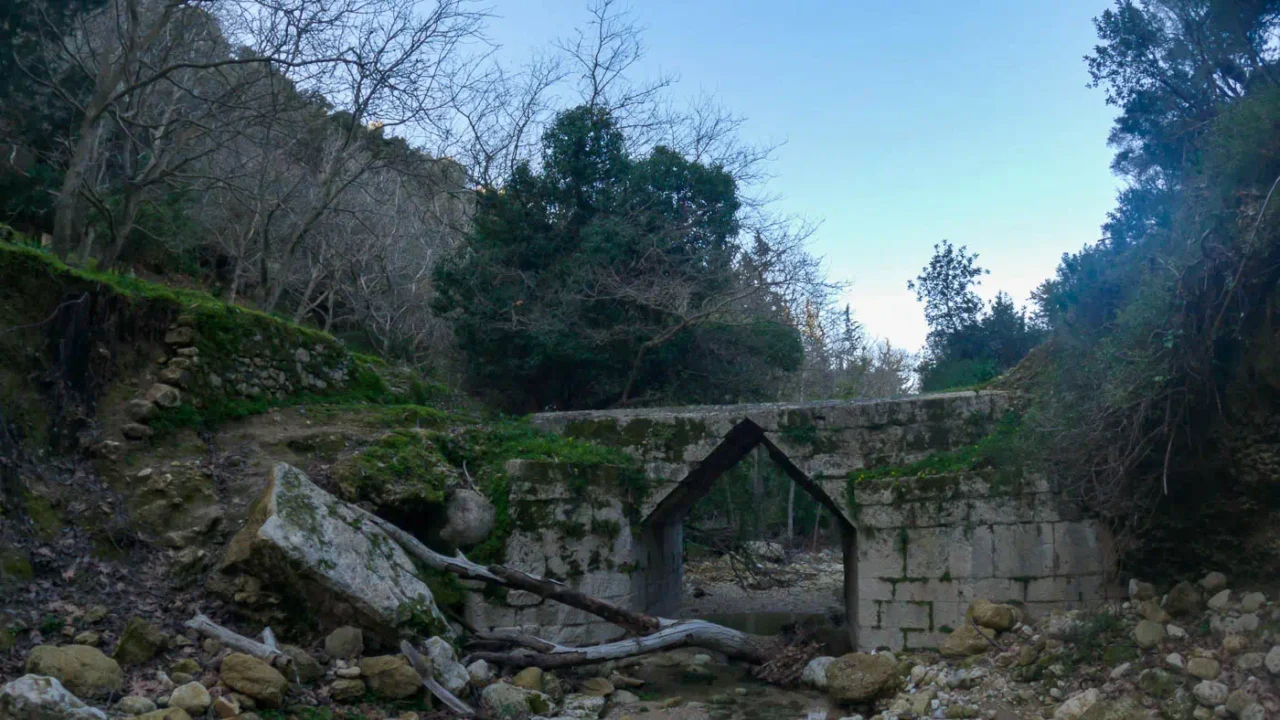
A Link to the Past
Location and Context
The Hellenistic bridge at Eleutherna is situated north of the city, spanning the confluence of the Chalopota and Pharangitis torrents. This strategic location places it at a crucial point along one of the north-south corridors that characterized Roman Crete, connecting the city to Sybrita in the south and Lappa to the west.
Use and Significance
The bridge’s primary function was to facilitate communication and transportation between Eleutherna and its surrounding regions. Its construction during the Hellenistic period, a time of increased interconnectivity and trade, highlights its importance in the city’s infrastructure. The bridge’s robust construction, featuring large limestone blocks, ensured its durability and ability to withstand the seasonal flow of the torrents.
The bridge’s significance extends beyond its practical use. Its presence on the Roman road connecting Eleutherna with Gortyn underscores its continued importance during the Roman period. The bridge’s strategic location on this major route further emphasizes its role in facilitating trade and communication between the city and the broader region.
Historical Context
The Hellenistic bridge’s construction likely occurred during the 3rd or 2nd century BC, a period of significant economic and cultural development for Eleutherna. The city’s increased engagement in trade and its interactions with other Cretan cities and the wider Mediterranean world necessitated improved infrastructure, including the construction of bridges to facilitate transportation and communication.
The bridge’s continued use during the Roman period is evidenced by its inclusion in the Roman road network. The bridge’s strategic location on this route further highlights its importance in connecting Eleutherna with Gortyn, the capital of Roman Crete.
Archaeological Investigations
The Hellenistic bridge has been the subject of archaeological attention since the late 19th century. Early travelers and scholars, such as T.A.B. Spratt, documented its existence and described its architectural features. In 1908, Eleftherios Venizelos, recognizing the bridge’s historical and cultural significance, initiated a project for its restoration. This project, overseen by E. Petrulakis, involved replacing damaged blocks with new ones extracted from the ancient limestone quarries of the site, demonstrating a commitment to preserving the bridge’s authenticity.
More recent investigations by the University of Crete have further explored the bridge’s context and construction. These studies have provided valuable insights into the bridge’s Hellenistic origins, its architectural features, and its role in the city’s infrastructure.
Dimensions and Current State
The bridge has an overall length of 23 meters and a width of 3 to 3.5 meters. It is currently partially preserved, with some sections having been restored in the early 20th century.
The Bridge’s Role in Connecting Eleutherna
The Hellenistic bridge played a vital role in connecting Eleutherna to the broader region. It served as a crucial link on the Roman road that connected the city with Gortyn, the capital of Roman Crete. This road was a major north-south corridor, facilitating trade, communication, and the movement of people between Eleutherna and other important centers on the island.
The bridge’s location at the confluence of the Chalopota and Pharangitis torrents also highlights its importance in connecting different parts of Eleutherna’s territory. The eastern slope of the hill, where the bridge is located, was favored for elite residences during the Hellenistic and Roman periods. The bridge would have provided access to these residences, as well as to other important areas of the city, such as the necropolis at Orthi Petra and the sanctuary at Katsivelos.
The Bridge as a Symbol of Eleutherna’s Prosperity
The construction of the Hellenistic bridge reflects Eleutherna’s prosperity and its engagement with the wider world during the Hellenistic period. The bridge’s robust construction and strategic location demonstrate the city’s commitment to developing its infrastructure and facilitating trade and communication.
The bridge’s continued use during the Roman period further attests to its importance and its enduring legacy. Its inclusion in the Roman road network highlights its role in connecting Eleutherna with the broader regional network and facilitating the movement of people and goods.
Site: Key Points
- Construction Period: Hellenistic period (3rd or 2nd century BC)
- Location: North of Eleutherna, spanning the confluence of the Chalopota and Pharangitis torrents
- Dimensions: Overall length of 23m, width of 3-3.5m
- Historical Significance: Facilitated communication and trade between Eleutherna and surrounding regions, part of the Roman road network
- Current Status: Partially preserved, restored in the early 20th century
References:
- Ancient Eleutherna, Sector I edited by Petros G. Themelis (2009)
- The discovery of Eleutherna: From the formation of the Modern Cretan State to Humfry Payne’s Excavations (1899–1929) by Antonis Kotsonas (2008)
- E L E U T H E R N A by Nikolaos Chr. Stampolidis (2020)














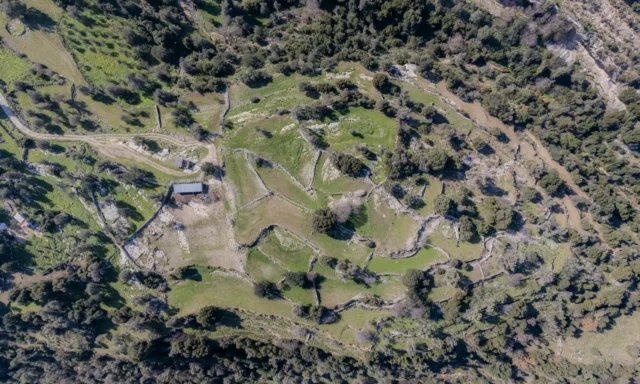

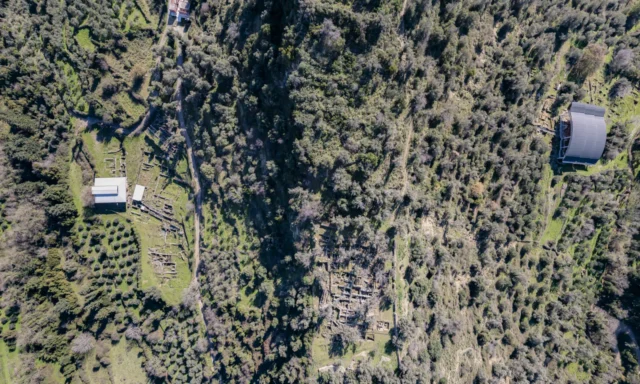
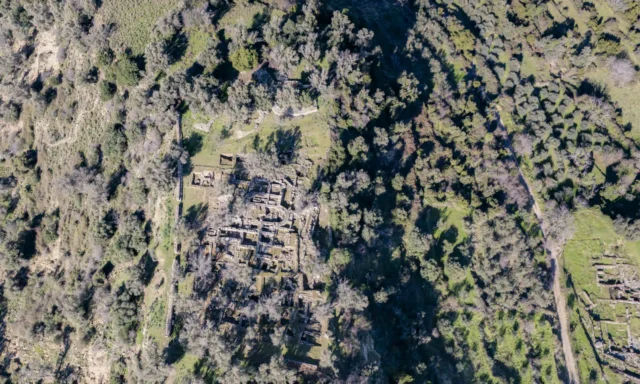
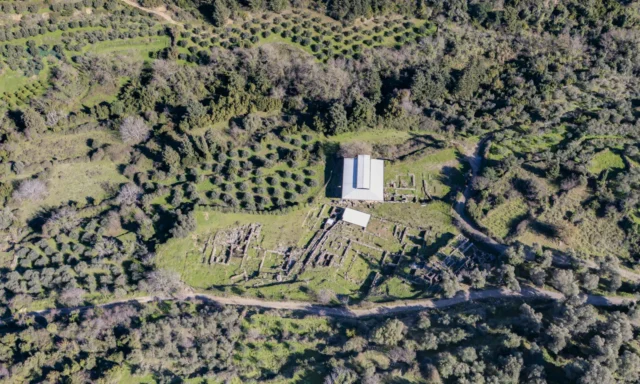
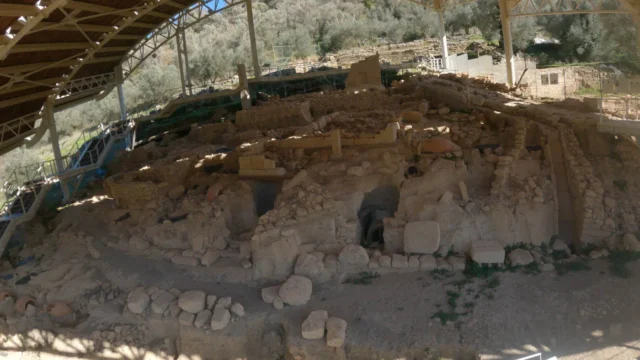
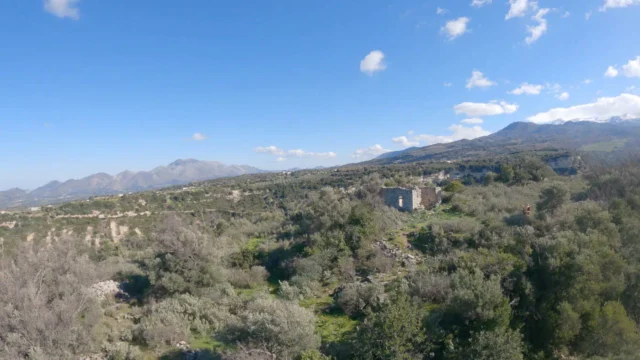

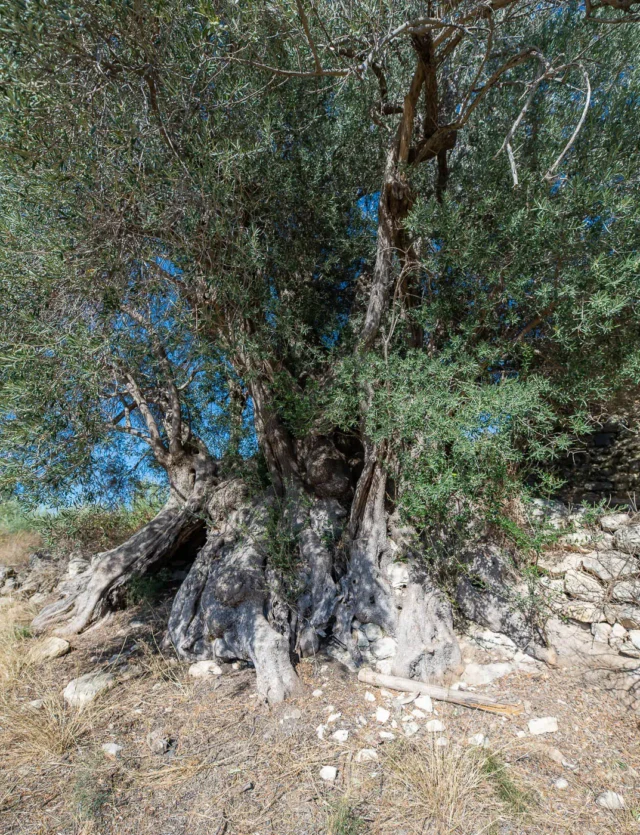
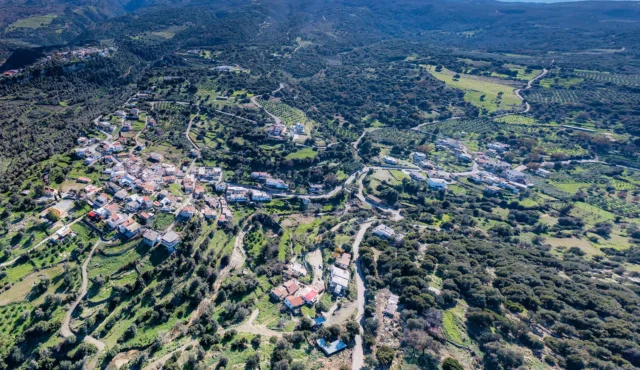
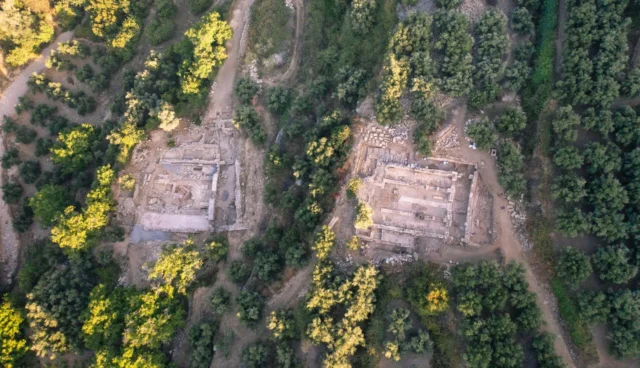
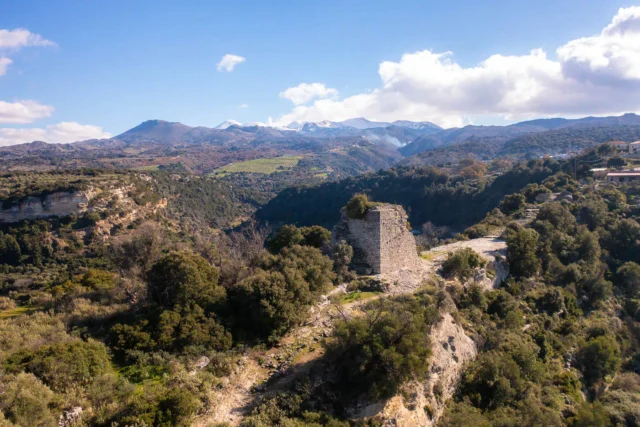


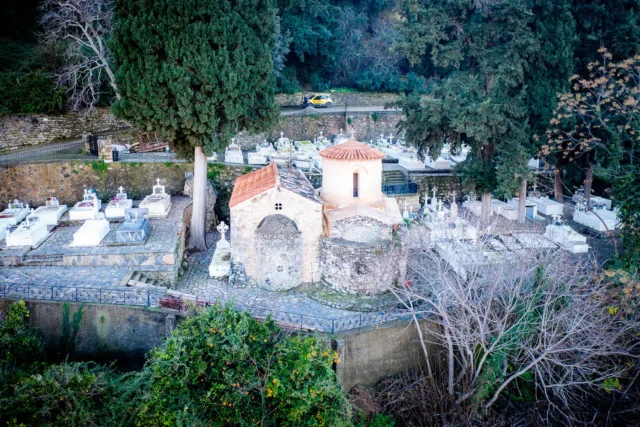
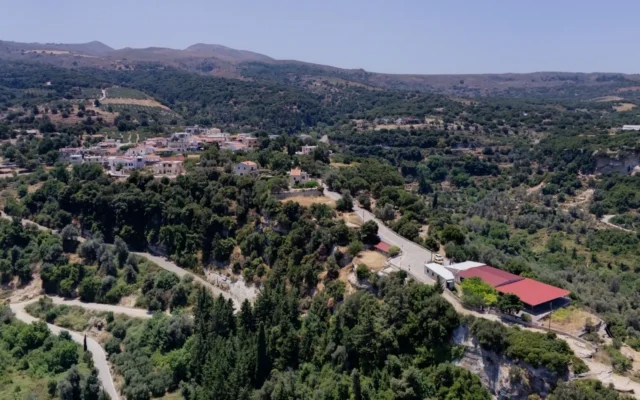

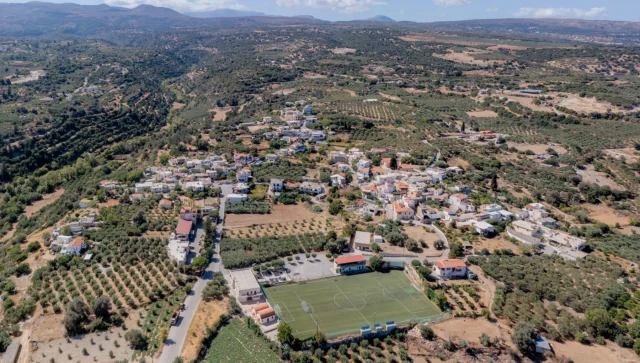

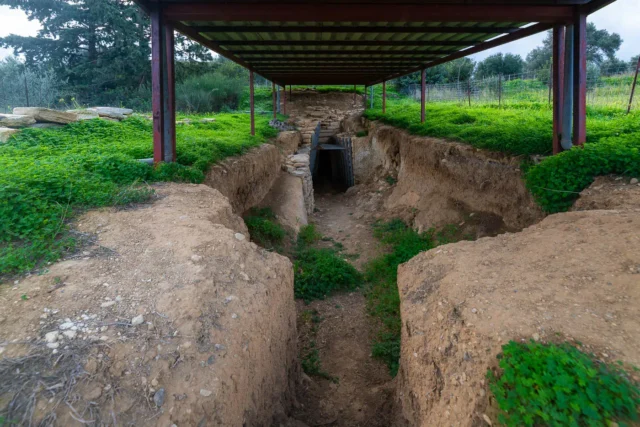


There are no comments yet.